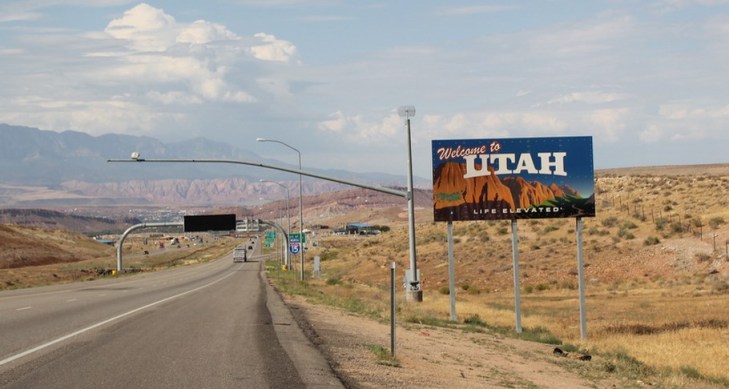A stunning report in Forbes today detailed that the NSA’s rapidly completing data center in Utah will not hold as much data as was originally suspected. If you are at all worried about the power of the NSA, this is good news for you.
The gist of the Forbes report is that, given the allotted space for digital storage equipment, the center’s four main buildings simply cannot store as much information as has been discussed in the popular media. Here’s Wired in 2012 describing what the facility and its potential brethren will be capable of holding:
[T]he Pentagon is attempting to expand its worldwide communications network, known as the Global Information Grid, to handle yottabytes (1024 bytes) of data. (A yottabyte is a septillion bytes—so large that no one has yet coined a term for the next higher magnitude.)
Wired is referring to the fact that a yottabyte is the largest storage term we have, not that septillion is the highest numerical descriptor for a large figure in existence, if you were confused.
But what about that yottabyte claim? Is the NSA really building that level of capacity? Not at the Utah data center alone, that is unless the government has managed to create new storage technology on a size efficiency scale that Internet giants would salivate over.
Using more market-based analysis given the 100,000 square feet of space in the Utah collection of data centers, estimates as collected by Forbes from various experts range from 3 to 12 exabytes. This pales painfully next to the former claim of a yottabyte, and stands in frank contrast to the idea that the center could store 5 zettabytes of information.
How far off were the estimates that we were fed before? Taking an unkind view of the yottabyte idea, let’s presume that it was the implication that the center could hold the lowest number of yottabytes possible to be plural: 2. The smaller, and likely most reasonable, claim of 3 exabytes of storage at the center is directly comparable.
Now, let’s dig into the math a bit and see just how far off early estimates were. Stacked side by side, it would take 666,666 3-exabyte units of storage to equal 2 yottabytes. That’s because a yottabyte is 1,000 zettabytes, each of which contain 1,000 exabytes. So, a yottabyte is 1 million exabytes. The ratio of 2:3 in our example of yottabytes and exabytes is applied, and we wrap with a 666,666:1 ratio.
I highlight that fact, as the idea that the Utah data center might hold yottabytes has been bandied about as if it was logical. It’s not, given the space available for servers and the like.
The practical implication of this fact is that the NSA, and larger U.S. government, doesn’t have the ability to store data on the scale that many previously feared. This means that information collected either via PRISM-like programs or through direct tapping of fiber cables cannot be stored as long as previously thought and that there are material restrictions on what the government can intercept.
This is not to say that the NSA doesn’t want to collect and store more. It does. The Utah data center is proof of that fact. That in mind, technology doesn’t appear to have reached a scale of miniaturization to allow for the scale of data storage that unsettled many in a single installation. However, as with all things technology, the cure is up and to the right. What the NSA can’t do now, it will certainly be able to do in a half decade.
Repeat this to yourself: You have no digital privacy.
Top Image Credit: daveynin
